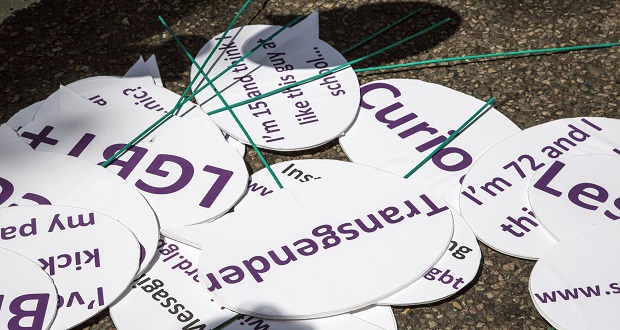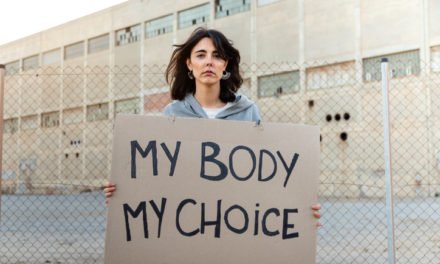
I’m not a football fan, but each year, I watch the Super Bowl so that I won’t feel stupid the next day when everybody is talking about that commercial. This year, it seems that commercial was a somber ad by Nationwide in which a child lists the things he’ll never do in life because he died in an accident.
Bummer.
But that wasn’t the only ad that viewers seemed to either love or hate. Two other ads sparked their own backlash among some disability advocates. One was a Toyota Camry spot that featured a Paralympian who lost her legs at 19 and now gets around using prosthetics. The other, a Microsoft ad that showed a 6-year old boy who must also use prostheses to play golf and baseball and generally get around.
What’s not to like about such ads? After all, people with disabilities are so rarely depicted in popular culture, so isn’t it admirable that two companies decided to include them during what turned out to be the most watched program in television history?
Not really, according to some viewers who took to Twitter to complain. “Tired of ableist narratives that sensationalize people with disabilities as inspirational and ‘in need of repair’ to be happy,” read one tweet. “Inspiration porn is not okay,” said another.
Actually, inspiration porn is more than OK. The ads weren’t mocking or condescending. They were merely highlighting people who are different. And you know what? It kind of is inspirational to see a grown athlete or a young child overcome a disability to enjoy life—unlike most of us who use our natural limbs to walk around unhappy.
Nonetheless, Salon writer Elizabeth Heideman writes: “The disability community rejects depictions like these, because according to activists, their only purpose is to make the non-disabled viewer feel good about themselves. Inspiration porn turns people with disabilities into mere objects, placing their physical differences on display and reassuring the viewer that ‘If these people can live with just one leg,’ for example, ‘I can do so much more without a disability.’ We’re drawn to inspiration porn like this because it comforts us.”
She continues to point out that when we see people with such disabilities smiling and winning medals, “disability doesn’t scare us as much.” Additionally, the ads exist to remind us that things could be worse (and to sell products, of course), which demeans the disabled community.
I understand the argument, and it’s an interesting one. Ultimately, though, let’s face it: Things could be worse. All else being equal, it is worse to have a disability than not. Would you rather have all four limbs you were born with or just two? Please, let’s not get overly PC by proclaiming that people with disabilities are merely differently abled. That would be condescending.
Heideman also argues that the ads imply that “disability can be overcome with a smile and a little bit of determination.” But that’s not what I took away from the commercial, nor do I think that most people believe that people with disabilities simply smile through their pain. What I do think is that Toyota and Microsoft deserve praise for highlighting one of society’s most forgotten or ignored communities.
Speaking of, I do agree with Heideman when she writes: “So while Super Bowl 49 viewers closed out the night with a warm-and-fuzzy high from watching people with disabilities thrive, they’re still just as likely to shrug off the importance of accessible parking or Social Security benefits that act as a lifeline for Americans who are still barred from work.”
Perhaps next year Nationwide will run that ad.


















